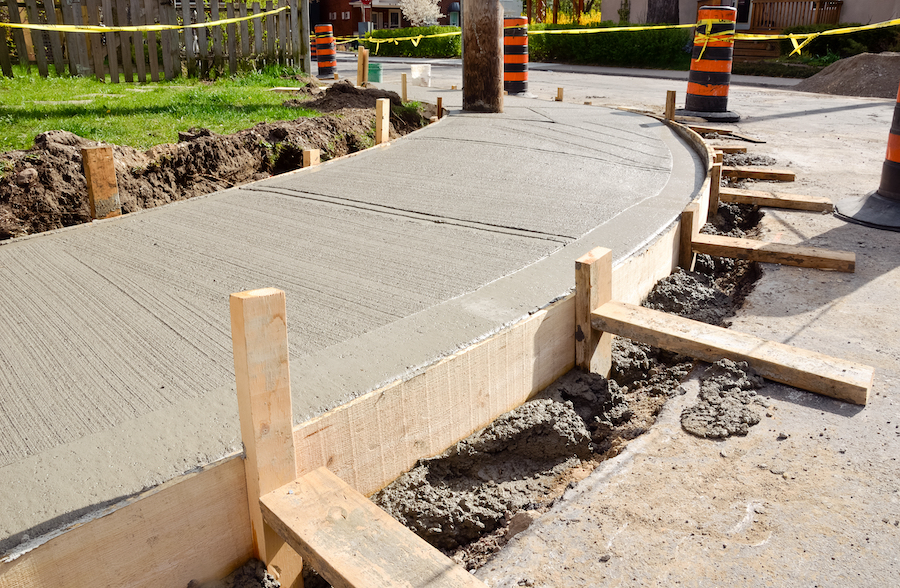If you’re planning on building a new structure, whether it’s a house, a commercial building or even just a small shed in your backyard, having the right concrete forming tools is essential. Without the proper equipment, you’ll struggle to create a foundation that’s strong and durable enough to support your building for years to come.
In this comprehensive guide, we’ll take a closer look at everything you need to know about concrete forming tools, from the different types of forms available to the best tips and tricks for getting the job done right. So let’s dive in and get started!
[h2]What Are Concrete Forms?[/h2]
Before we can talk about concrete forming tools, it’s important to understand what concrete forms are and why they’re necessary in construction. In simple terms, concrete forms are molds that are used to hold wet concrete in place while it sets and hardens. This allows builders to create structures with specific shapes and dimensions, such as walls, columns, beams and more.
There are many different types of concrete forms available, including wood forms, steel forms, plastic forms and even fabric forms. Each type has its own advantages and disadvantages depending on the project at hand.
[h2]Types of Concrete Forming Tools[/h2]
Once you’ve chosen the type of form that’s best suited for your project, it’s time to start thinking about the concrete forming tools you’ll need to get the job done. Here are some of the most common tools used in concrete forming:
1. Form Ties – These are used to hold the sides of the form together while the concrete is poured and set.
2. Wedges – Wedges are used in conjunction with form ties to tighten and secure the forms into place.
3. Pins – Pins are used to hold the end of one form against another form.
4. Stakes – Stakes are used to anchor the forms into the ground and keep them in place.
5. Form Release Agent – This is applied to the forms to prevent the concrete from sticking to them once it’s set.
[h2]Tips and Tricks for Using Concrete Forming Tools[/h2]
Now that you have a basic understanding of the different types of concrete forming tools available, it’s time to look at some tips and tricks for using them effectively:
1. Plan Ahead – Before you start pouring concrete, make sure you have all the necessary tools and materials on hand. This will help ensure that you don’t run into any unexpected obstacles during the construction process.
2. Use Proper Safety Equipment – When working with wet concrete, it’s important to wear gloves, eye protection and other appropriate safety gear.
3. Check Your Measurements Twice – Always double-check your measurements before pouring concrete to ensure that everything is level and properly aligned.
4. Keep Forms Clean – Dirty or uneven forms can lead to imperfections in your finished product. Make sure to clean and maintain your forms regularly.
[h2]Conclusion[/h2]
In conclusion, having the right concrete forming tools is essential for any construction project involving concrete. By choosing the right type of form and using the proper tools and techniques, you can create a strong and durable foundation that will stand the test of time.
If you’re looking for more information on concrete forming tools or other construction-related topics, be sure to check out our wiki reference below for additional resources.
Wiki Reference: https://en.wikipedia.org/wiki/Formwork




